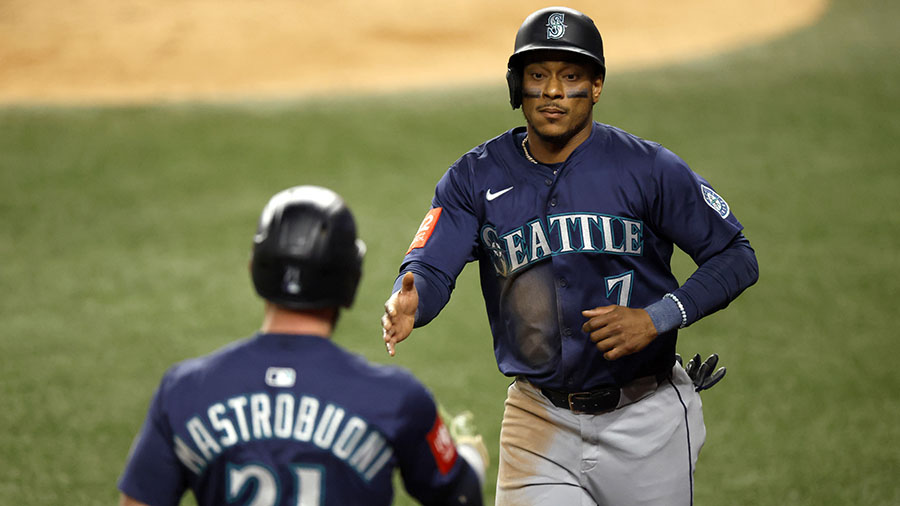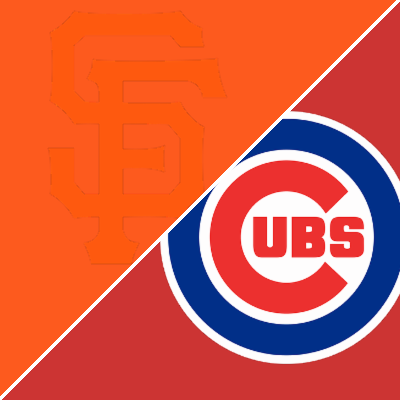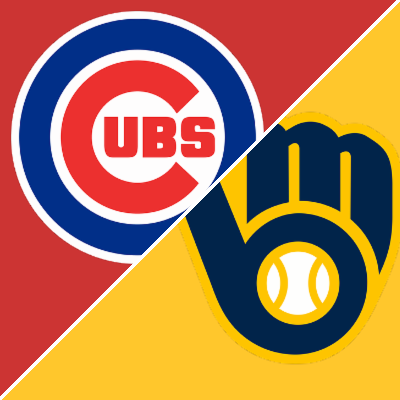I’ve been doing a lot of thinking about offense in baseball.
About the best ways to generate it and how that evolves over time. About strikeouts, walks, home runs, contact, strategy and coaching.
And about a Seattle Mariners offense that has leapt from the bottom of the league to the top without significantly new personnel.
Three observations after Mariners rally for ninth straight series win
I think it’s time to change some of my views.
Baseball, like all sports, is in a constant state of evolution. We often hear about how it’s a game of adjustments, but that doesn’t just apply to each battle between pitcher and hitter, nor to just each season for each player. It can be more broad than that.
The last change
Growing up in the 1980s, baseball had simple offensive rules: “get ’em on, get ’em over, get ’em in” was predominant. Fast guys batted first, bat-handlers and bunters were second, great hitters third, and RBI power threats hit cleanup. Batting average was celebrated and outs were routinely sacrificed.
By the 2000s, “Moneyball” arrived and everything changed. Even after the steroid revolution, on-base percentage and power remained the key factors for smart teams to focus on. They utilized their patient approach to drive up the pitch counts on starters and feast on the soft underbelly of every team: bad bullpens.
No one had enough pitching to carry seven legitimate relievers, so patient offenses with power were incredibly successful. The “three true outcomes” hitter was prized because they would do everything this strategy required. The walks drove up pitch counts, the home runs drove in the high on-base threats, and the strikeouts were tolerated because even they held value for costing pitchers more of their allotted pitch count for the day.
Holdovers from the 1980s laughed at the new strategies, but the results were obvious: it worked.
But just as those old school ballplayers couldn’t see how the game had changed 20 years later, it’s important not to get caught up in the same rubric today. Today’s game is not the same as it was in 2010 and that may require a change in thinking – or at least an open-mindedness to it.
The new revolution?
A few things strike me as different. The league adjusted to the on-base and power game.
First, pitching is better. Not just a little better – a lot better. And it’s not just the starters. Bullpens are flush with nasty customers throwing high 90s heat with devastating breaking pitches. While there is still value to forcing a team to throw more pitches in a game (it can exhaust an opponent over the course of a series), the middle-inning feasts are fewer and farther between.
Second, defense isn’t what it used to be. Or at least that’s how it looks to my eyes. Defensive players perhaps had gotten used to standing around waiting for walks or strikeouts to occur while they twiddled their thumbs or watched while moon balls sailed over their heads into the stands.
The generation of baseball played before them valued constant thought and preparation in the field, whereas the new game required almost none. Players were chosen and given playing time based almost exclusively on their offensive talent, with defense and baseball IQ counting for less and less. The result: defenses struggle when the action is taken to them and they often make mistakes that would shock the old guard.
Third, the league made some changes to the rules. The bases are now closer together, making it easier to steal or take an extra base. Pickoff attempts and mound visits are limited. These changes allow for a greater emphasis on speed and aggressiveness when constructing a modern roster.
So if the game has changed, does the offensive strategy have to change with it?
No, it doesn’t have to. Teams can still be effective by utilizing true outcomes, hitting the ball out of the ballpark, and selling out for the big inning or the big home run even in spots that once called for small ball or situational awareness. There is room to “elevate and celebrate.” Many of the best offenses in baseball take this approach.
But perhaps it has at least opened up a second path to success. Perhaps what’s old is new again. Or maybe what’s dead may never die?
Seattle Mariners spurring the change?
We watched the Mariners and A’s play a tremendous series this week. They combined for 32 runs and 62 hits in three games. Only seven of those runs were scored via the home run, and three of the four long balls came with no one on. It was just one small series, but it sure seemed to exemplify a change.
With all of that said, I would like to reconsider my position on the importance of contact and the negative effect of strikeouts on an offense. Perhaps you got there before me (kudos to you), but I am trying to avoid the same ideological entrenchment that left so many of the stars of my youth angry and left behind over the previous few decades.
Why would contact matter more now? Well, with the dominant stuff we now see from pitchers, Moneyball-era thoughts of trying to find that one mistake and crushing it are becoming harder to execute. Mistakes are less frequent and it’s easier to get away from them because of increased velocity. It’s harder to get off your “A” swing against a mistake because it’s so much harder to recognize mistakes.
Soft contact likely isn’t going to be as successful as hard contact – we know this thanks to the data – but putting the ball in play forces defenses to react. If the modern player was selected more for his offensive ability and hasn’t been forced to prep mentally the same way, more frequent contact seems like an opportune way to force mistakes.
And, as it turns out, many of the same players that are athletic enough to have excellent bat-to-ball skills (i.e. are good at making contact) should also be speedy and able to pressurize opponents on the basepaths. Their aggressiveness at the plate pairs well with an aggressive overall mindset for a team.
I’m not ready to fully recommit to the baseball of my youth. There is simply too much evidence that walks and home runs are paramount to winning baseball games. And if strikeouts are a necessary evil that accompanies them, then I’m willing to live with some. But I am also willing to admit that as circumstances change, so too must strategy. As the environment has shifted, so too must supposition.
Rethinking what works
Moneyball, at its core, was not about on-base percentage or a statistical revolution. It was about a low-budget team looking for an advantage to compete with clubs spending much more on payroll. If high-contact, low-strikeout, athletic hitters are the best way to combat the legion of power arms throughout the game, nothing could be more Moneyball than that!
I pledge to stop defending strikeouts. I pledge to be open to a more aggressive style (though I’m still not wild about giving away outs to move runners 90 feet). I still believe walks and home runs matter most – after all, the Mariners’ newfound offensive success is very much connected to being first in MLB in walks and fourth in home runs. But I’ll be open to players that have other strengths as well.
And while the best way to build a team is probably by compiling players with disparate skills, I am much more open to the strategy currently playing its way out in Seattle and Sacramento (and soon to be tried in Texas). It’s usually good to zig before everyone else does. Hopefully, the Mariners are on the cutting edge of the next revolution.
You could describe the Mariners’ offensive explosion as a trip back in time. But if it is designed to counteract and adjust to the changes in today’s game, isn’t it really more of a cutting-edge approach? Isn’t it more of a look towards the future of the game?
It’s only May and there is still a lot of baseball to be played, but this start has certainly opened up my eyes and forced me to reconsider how the game is being played right now.
More on the Seattle Mariners
• Leody Taveras addition pays off right away in Mariners’ comeback win
• Morosi ‘worried’ by how much Mariners are using Andrés Muñoz
• Cal Raleigh addresses controversial interference call
• Jorge Polanco – the full version – is back for the Mariners
• ESPN’s Passan: The 2 stats that have propelled Mariners’ surge



